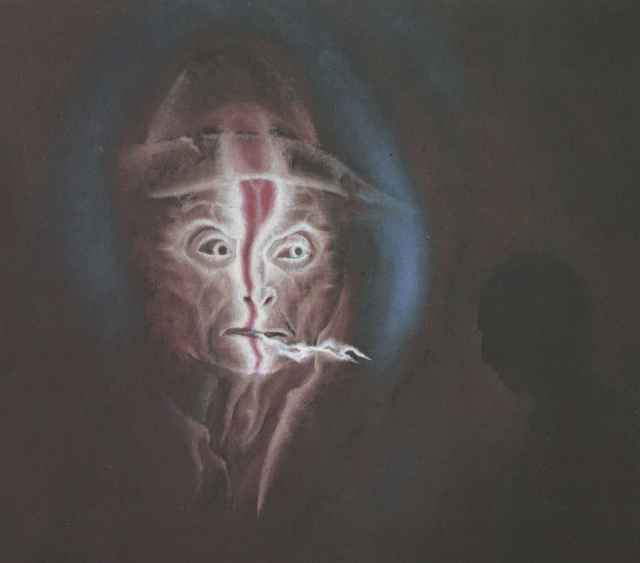A bit late this time, was feeling under the weather and unmotivated last week. Wish I’d posted this yesterday. For last week I tried to take photos in an impressionist and/or pictorialist style. Impressionism was an art movement in the mid 19th century that emphasized the importance of capturing momentary sensations of light and shadow, the outdoors (as opposed to painting in the studio), as well as scenes of everyday life. The artists tried to captured the play of light with various brush stroke techniques that instead of portraying the subject perfectly, imparted a feeling, mood, or impression on the viewer. The details of the subject were less important than an overall effect. Some of the main impressionists that you may have heard of are Monet, Manet, Degas, and Cezanne, among lots of others.
Pictorialism was a related movement in photography. At the beginning of the 20th century, photography was still a relatively new medium, and was in the midst of a ‘battle’ between those who felt that it was simply a mechanical means of recording facts, and those who saw it as a true art. Like the impressionists, pictorialists also felt that overall effect was more important than the details in the image. At the centre of it, at least in North America, was Alfred Stieglitz, whose efforts truly helped establish photography as more than just a mechanical process. The artists were personally and actively involved in every step of the work, from the taking of the picture to the development of the negative and the creation of the print. They used special printing and development techniques designed to create unique prints that had a painterly feeling. Some even specialized in making prints from several different negatives, probably creating the first ‘composite’ images. Even from the early days of photography, ‘photoshop’ was an integral part of the process! Pictorialism lasted until about 1930. Like many other movements, there was a counter-movement, and that was ‘straight’ or modernist photography. Even Stieglitz abandoned his early ideals. But that’s a story for another post.
For this project, I worked on two scenes. One from a recent camping trip, and another from a family visit to my sister’s house in Ottawa. The goal for the former was to take a previous image and use some post-processing techniques to create something different and new. For the second, I used some in-camera ‘impressionist’ techniques for a picture of the forest behind my sister’s house. Here are the images
On a technical note, the post-processing that I used on the cloudy day photo was more or less the following:
- Copy the original layer
- Convert to grayscale and 8-bit (my computer’s not powerful enough!)
- Smudge clouds in a swirling way
- Duplicate the smudged layer
- Gaussian blur the duplicate layer, change the blend mode to screen (creates a sort of foggy effect in the details)
- Convert back to RGB
- Create a new layer from the visible layers, duplicate the new layer twice, change duplicates blending mode to Overlay
- Create two new blank layers (one for each duplicate Overlay) and fill with blue and orange-y colours, place beneath the two overlay layers (colour selection is highly subjective, they have a pretty strong effect on the resulting brightness and contrast)
- Blend the two overlay and colour combinations by putting the upper overlay duplicate and colour layer in a group and masking it with a gradient
- Dodge and burn various parts of image for the desired effect.
The effects in the forest photos were primarily in-camera. Slow shutter speed and soft focus, combined with multiple exposures, resulted in the tall blurry trees with little detail. I moved the camera up and down with the shutter open, and added three frames together in the camera. When I took the photos, there was fog hanging between the trunks, which wasn’t well captured by the straight image. I found that by duplicating the layer in photoshop, blurring the top one and setting opacity to 50%, I could merge a blurry and ‘sharp’ image to add ‘fog’ and recapture the mood that was in the forest at the time. I also played with the colour and brightness of the shots as well as some dodging and burning.
Next week’s project (well this week’s actually), is a studio study of a natural object, inspired by Christopher Buck (a photographer I noticed on 500px, a photo-sharing community website, here’s his webpage http://www.buckstopphoto.com/).




Σχόλια